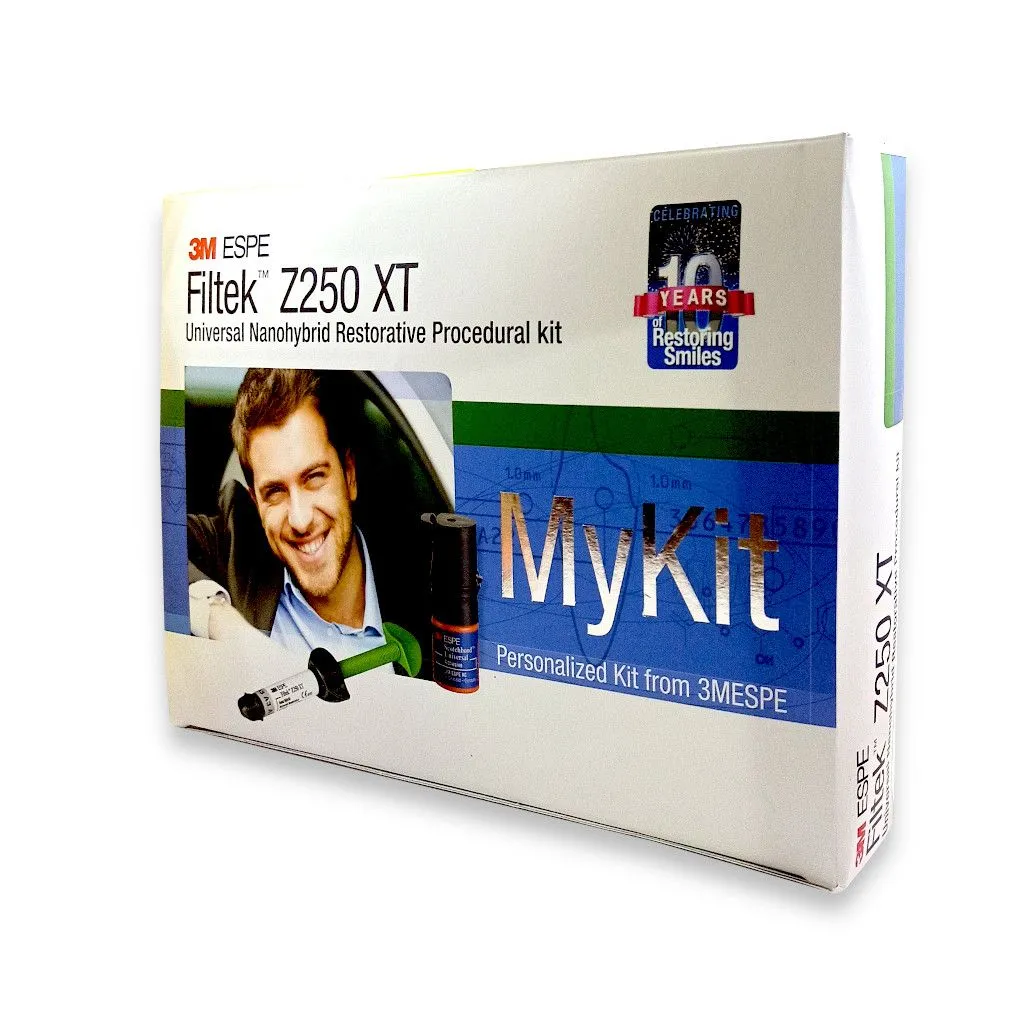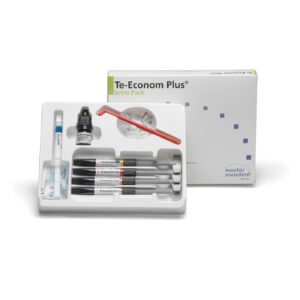3m Espe Filtek Z250 Xt Restorative Procedural Kit
- “A practical, simple solution from a trusted leader.”
- Doesn’t stick to the instrument so it is easy to adapt
- Doesn’t slump, yet it will blend and feather
- Is easy to sculpt and holds its shape prior to the cure
- Handles better than other nanohybrid composites
3m Espe Filtek Z250 Xt Restorative Procedural Kit
3m Espe Filtek Z250 Xt Restorative Procedural Kit
- Features:-
Excellent handling
Predictable esthetics
High strength
Good wear resistance
Easy to polish
Doesn’t stick to the instrument so is easy to adapt
Indicated for all direct restorations
- Description:-
- Excellent handling: doesn’t stick to the instrument so is easy to adapt; doesn’t slump, yet will blend and feather; is easy to sculpt and holds its shape prior to cure; handles better than other hybrid composites.
- Filtek Z250XT restorative is formulated for strong performance and is easy to polish – so you can count on predictable, reliable, patient-pleasing results in any indication.
- Key Specifications:-
Cure type – Light cure
Delivery system – Syringe
Material – Nano hybrid
The shading system of Filtek Z250 XT Nano Hybrid Universal Restorative is based on the Vitapan Classical Shade Guide
- Packaging:-
Filtek Z250 XT Nanohybrid 4 x 3g syringes (A1 A2 A3 A3.5)
Single Bond Universal – 3ml
50 x Microbrush
1 x Mixing Pad (small)
24 x Disposable Mixing Wells















Reviews
There are no reviews yet.